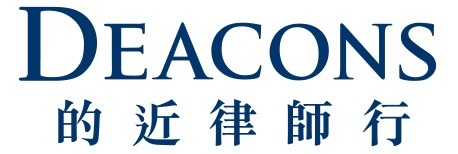An updated guideline on minimum criteria for authorisation under the Banking Ordinance (“Guideline”) was issued by the HKMA on 22 July 2022 superseding the previous version issued on 10 July 2020.
The Guideline provides guidance in relation to the Banking Ordinance’s minimum criteria for obtaining a banking or deposit taking license. Some of the key amendments are listed as follows:-
In relation to the requirements for boards of directors, the HKMA now specifically refers to “authorised institutions” (instead of just banks) in item 13, meaning that the requirements under item 13 will now apply not just to licensed banks, but also to restricted licence banks (“RLBs”) and deposit-taking companies (“DTCs”) that are designated by the HKMA as systemically important. Under item 13, the HKMA expects one-third of the board of directors or three of the members of the board of relevant AIs (whichever is higher) to be independent non-executive directors. At least two of these independent non-executive directors should possess a background in banking or accounting or some other relevant financial industry. It is also stated that independent non-executive directors should not perform any executive functions within the AIs and should be free from any relationship which may impede the exercise of their independent and objective judgment concerning the affairs of the institution.
Similarly, the original requirements of item 14 now also apply to RLBs and DTCs that are not designated by the HKMA as systemically important (rather than to all RLBs and DTCs).
Item 19 further specifies that in assessing the fitness and propriety of a proposed candidate for an AI’s board of directors, chief executive or executive officer, if the candidate has any outside mandates, the HKMA will take into account whether he/she is able to devote sufficient time and attention to perform his/her role, and any potential conflicts of interest in performing his/her role. (Please see item 19(g) of the Guideline.)
Under item 25, in determining the fitness and propriety of an executive officer, the HKMA now also considers whether the person passed the relevant local regulatory framework papers specified in the SFC guidelines. (Please see item 25(b) of the Guideline.)
Under item 27, in determining whether an executive officer has sufficient authority, it is now further specified that an executive officer should not be more than one rank below the chief executive, alternative chief executive director or manager appointed under section 72B of the Ordinance.
In relation to resolution planning, item 85 specifically refers AIs to the Code of Practice chapter on “Resolution Planning – Operational Continuity in Resolution” (OCIR-1) on maintaining adequate management information systems for supporting operational continuity in resolution. The HKMA also refers AIs to the Code of Practice chapter on “Resolution Planning – Contractual Recognition of Suspension of Termination Rights” (ST-1) regarding compliance with requirements concerning systems of control and record keeping.
Under item 101, in relation to considering whether an institution is conducting its business prudently and with competence, the HKMA now also takes into account the institution’s risk governance and compliance culture. (Please see item 101(e) of the Guideline.)
A new item 104 has been added, emphasising the requirement for AIs to build a strong compliance culture within the institution and not to engage in any act that has the effect of circumventing any applicable laws and regulations. AIs are expected to deal with the HKMA and other regulators in an open, cooperative and timely manner. To access a full copy of the updated Guideline, please see here.

For further information, please contact:
Simon Deane, Deacons
simon.deane@deacons.com





